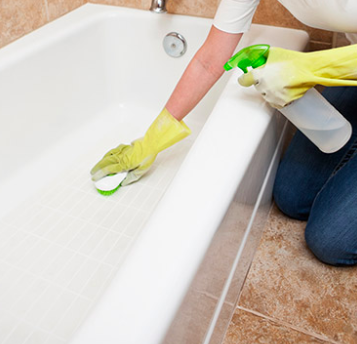A cracked bathtub can be a frustrating problem for homeowners, as it not only affects the aesthetics of the bathroom but also poses potential water damage risks.
When facing a cracked bathtub, many people wonder if products like Flex Seal can provide a quick and effective fix.
In this article, we will explore the effectiveness of Flex Seal in repairing a cracked bathtub. We will also discuss alternative repair methods, safety considerations, and preventive measures to keep your bathtub in pristine condition.
Understanding Bathtub Cracks
Before delving into the solution, it’s essential to understand the types and causes of bathtub cracks. Bathtub cracks can be of two types: surface cracks and structural cracks.
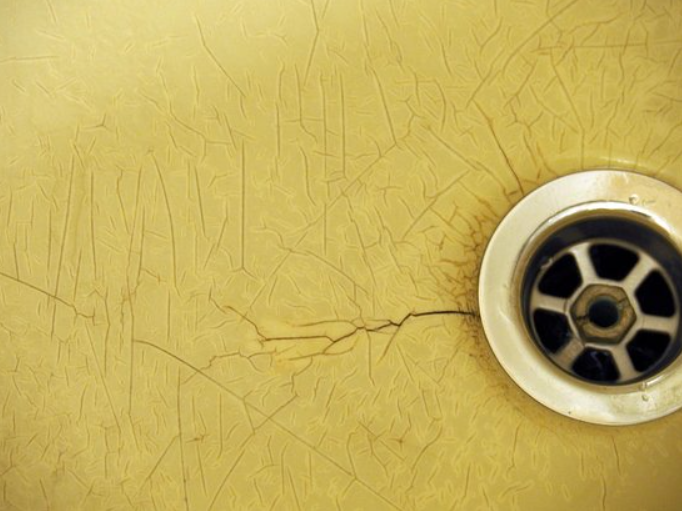
Also read: Do Bathroom Fans Use a Lot Of Electricity?
Surface Cracks
Surface cracks are shallow and typically affect only the top layer of the bathtub.
They are often caused by abrasive cleaning materials, heavy impacts, or minor structural shifts.
Surface cracks are generally cosmetic issues and may not necessarily lead to leaks or water damage. However, if left unattended, they can worsen over time.
Structural Cracks
Structural cracks are more severe and penetrate deeper into the material of the bathtub.
These cracks can be caused by structural issues, improper installation, or aging of the bathtub.
Unlike surface cracks, structural cracks have a higher risk of causing water leaks and require immediate attention to prevent further damage.
Also read:
Assessing the Severity of the Crack
Before attempting any repair, it is crucial to assess the severity of the crack.
Surface cracks can often be repaired using simple DIY methods, while structural cracks may require professional intervention to assess the crack.
Here are few steps for you to follow to effectively assess the severity of the crack:
- Examine the crack carefully to determine its depth and length. Use your fingers or a soft object to test if the crack is merely superficial or extends deeper into the bathtub’s material.
- If you suspect a structural crack, perform a water test. Fill the bathtub with water and monitor for any signs of leakage. If water is seeping through the crack or you notice significant movement when stepping into the bathtub, it is likely a structural issue.
Also read: How to Prevent Hair Dye From Staining Your Bathtub
Repairing Surface Cracks with Flex Seal
Flex Seal is a popular product known for its sealing capabilities. It is a liquid rubber sealant that can be sprayed on surfaces to create a waterproof and flexible barrier.
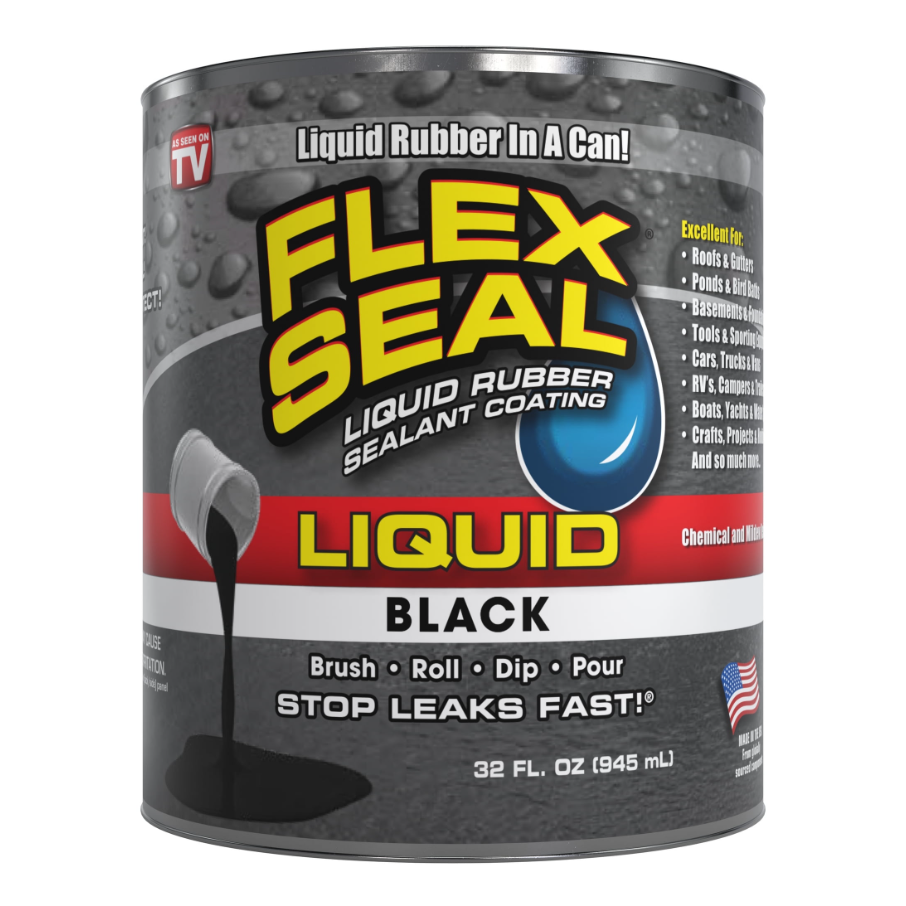
Also read: Why Does My Bathroom Sink Smells Like Sewer
When dealing with a surface crack in your bathtub, follow these steps to use Flex Seal effectively:
Clean the Area
Thoroughly clean the cracked area of the bathtub using mild soap and water.
Make sure there is no dirt, debris, or soap scum on the surface. Use a non-abrasive sponge or cloth to avoid causing further damage to the bathtub.
Dry the Area
Allow the cleaned area to dry completely before applying Flex Seal. Moisture can hinder the bonding process, reducing the effectiveness of the repair.
Apply Flex Seal
Shake the can of Flex Seal well and then spray it directly onto the crack. Hold the can at a distance of about 12 inches from the surface for even coating.
Ensure an even and generous coating, and extend the sealant slightly beyond the crack’s edges.
Let it Dry
Allow the Flex Seal to dry according to the manufacturer’s instructions.
It typically takes a few hours to cure completely. To ensure a robust seal, consider applying multiple coats of Flex Seal, allowing each coat to dry before applying the next.
Test the Repair
Once the Flex Seal has dried, test the repair by running water in the bathtub.
Check for any signs of leaks or further cracking.
If you notice any issues, you may need to reapply Flex Seal or explore alternative repair methods.
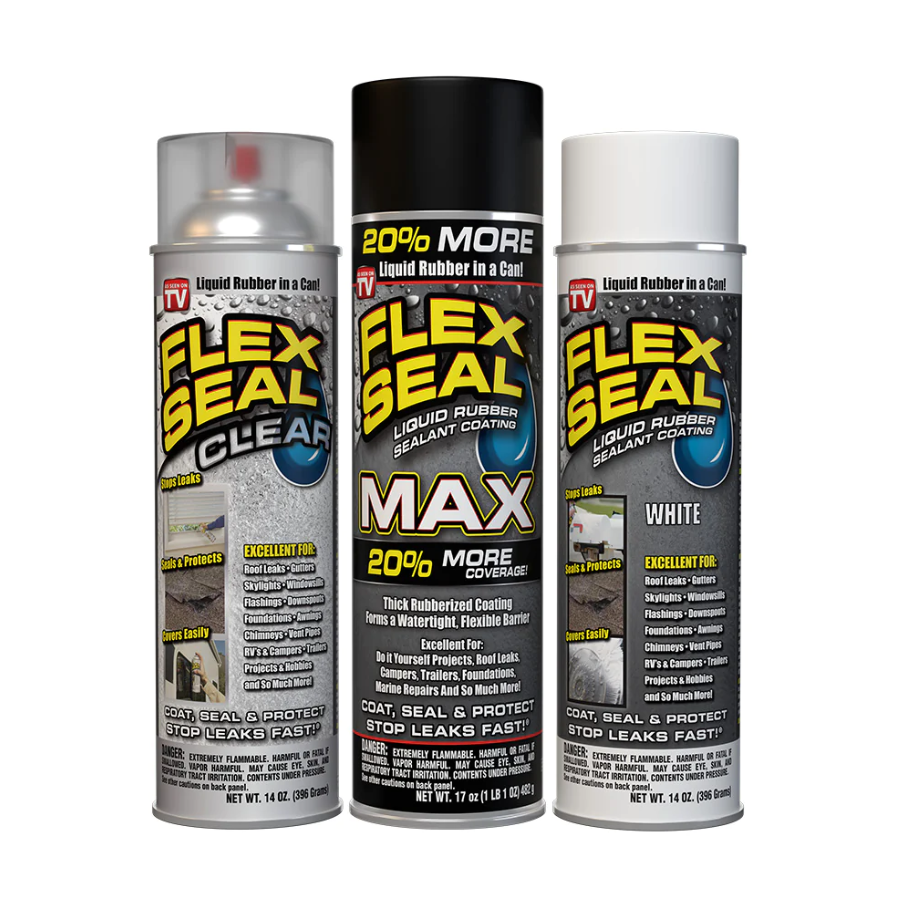
Also read: Bath Fitter Mold Issues: Understanding, Preventing, and Resolving the Problem
Addressing Structural Cracks
While Flex Seal can be effective for surface cracks, it may not provide a reliable solution for structural cracks.
Structural cracks require more robust repair methods, and it is best to seek professional help in such cases. Here are some alternative methods for repairing structural cracks:
Epoxy Resin
Epoxy resin is a strong adhesive that can bond the cracked pieces of the bathtub together. This method is suitable for bathtub materials like fiberglass, acrylic, or porcelain. To repair a structural crack using epoxy resin:
- Clean the crack and surrounding area thoroughly with soap and water to remove any dirt or grime.
- Allow the area to dry completely before applying the epoxy resin.
- Mix the epoxy resin according to the manufacturer’s instructions and apply it to the crack using a putty knife or spatula.
- Press the cracked pieces together firmly and hold them in place using clamps until the epoxy cures.
Fiberglass Patch Kit
Fiberglass patch kits are available at hardware stores and can be used to reinforce the cracked area. The kit typically includes fiberglass cloth and epoxy resin. To use a fiberglass patch kit:
- Clean the crack as described earlier.
- Cut the fiberglass cloth to the size of the crack, ensuring it extends beyond the edges for better adhesion.
- Mix the epoxy resin according to the manufacturer’s instructions and saturate the fiberglass cloth with it.
- Apply the cloth over the crack and press it down firmly to ensure proper adhesion.
- Allow the epoxy to cure completely before using the bathtub.
Acrylic Repair Kit
Acrylic repair kits are specially designed for repairing bathtub cracks, particularly in acrylic or fiberglass bathtubs.
The kit usually contains acrylic filler, hardener, and a finishing compound. To use an acrylic repair kit:
- Clean the crack and surrounding area thoroughly as mentioned earlier.
- Mix the acrylic filler and hardener according to the manufacturer’s instructions.
- Fill the crack with the mixed acrylic filler and smooth it out using a putty knife.
- Allow the filler to dry and then apply the finishing compound to achieve a seamless finish.
Also read: Why My Bathroom Smells Like Urine After Shower
Safety Precautions
When attempting any repair on your bathtub, safety should be a priority. Here are some essential safety precautions to keep in mind:
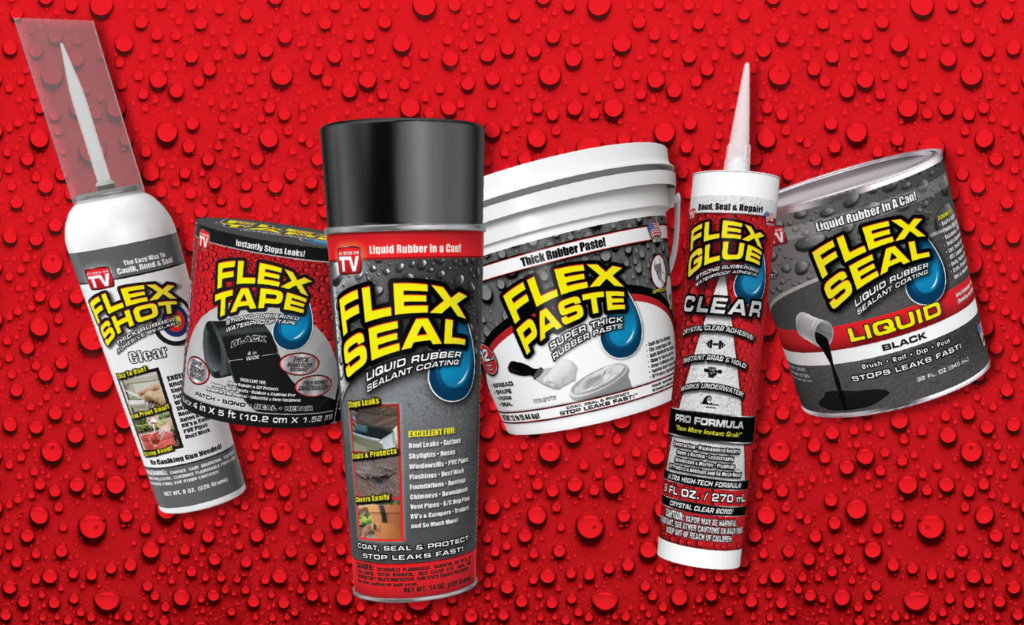
Ventilation
Ensure that the bathroom is well-ventilated when using products like Flex Seal, epoxy resin, or acrylic filler. Open windows or use fans to prevent inhaling fumes, which can be harmful to your respiratory system.
Protective Gear
Wear gloves, safety glasses, and a mask when handling chemicals or sealants to protect your skin, eyes, and respiratory system from potential irritation.
Read Instructions
Always read and follow the manufacturer’s instructions on any repair product you use. Improper usage can lead to subpar results or even further damage to your bathtub.
Also read: Can I Paint My Bathroom Countertop: The DIY Magic of Painting Your Countertop
Preventive Measures
To minimize the risk of bathtub cracks in the future, consider adopting these preventive measures:
Gentle Cleaning
Use non-abrasive cleaning materials and avoid harsh chemicals when cleaning your bathtub. Abrasive materials can scratch the surface, making it more susceptible to cracks.
Avoid Impact
Be cautious with heavy objects near the bathtub to prevent accidental impacts that could cause surface cracks.
Regular Inspections
Periodically inspect your bathtub for any signs of wear, cracks, or leaks. Early detection can prevent minor issues from escalating into major problems. Look for hairline cracks, discoloration, or soft spots around the drain and edges of the bathtub.
Also read: How To Get Rid Of Black Spots On Bathroom Ceiling
Conclusion
While Flex Seal can be a quick fix for surface cracks, it may not be the most reliable solution for structural cracks.
Understanding the severity of the crack is essential before attempting any repair.
For surface cracks, Flex Seal can be an effective DIY option, but for structural cracks, professional help or alternative repair methods like epoxy resin and fiberglass patch kits are recommended.
Always prioritize safety when dealing with repair products, and consider preventive measures to extend the lifespan of your bathtub.
By taking appropriate steps and addressing cracks promptly, you can ensure your bathtub remains crack-free and in excellent condition for years to come.
Also read: How Much Does It Cost to Install a Saniflo Bathroom?
Can Flex Seal be used for structural cracks?
While Flex Seal is effective for surface cracks, it may not provide a reliable solution for structural cracks. Structural cracks often require more robust repair methods such as epoxy resin, fiberglass patch kits, or acrylic repair kits.
Can Flex Seal effectively repair a cracked bathtub?
Flex Seal is suitable for repairing surface cracks in bathtubs. It creates a waterproof and flexible seal, preventing water leakage. However, for structural cracks, alternative repair methods or professional assistance may be required.
How do I assess the severity of a bathtub crack?
To assess the severity of a crack, examine its depth and length. Use your fingers or a soft object to test if the crack is superficial or extends deeper. For structural cracks, perform a water test by filling the bathtub and checking for leaks. If water seeps through or there’s significant movement, it indicates a structural issue.






